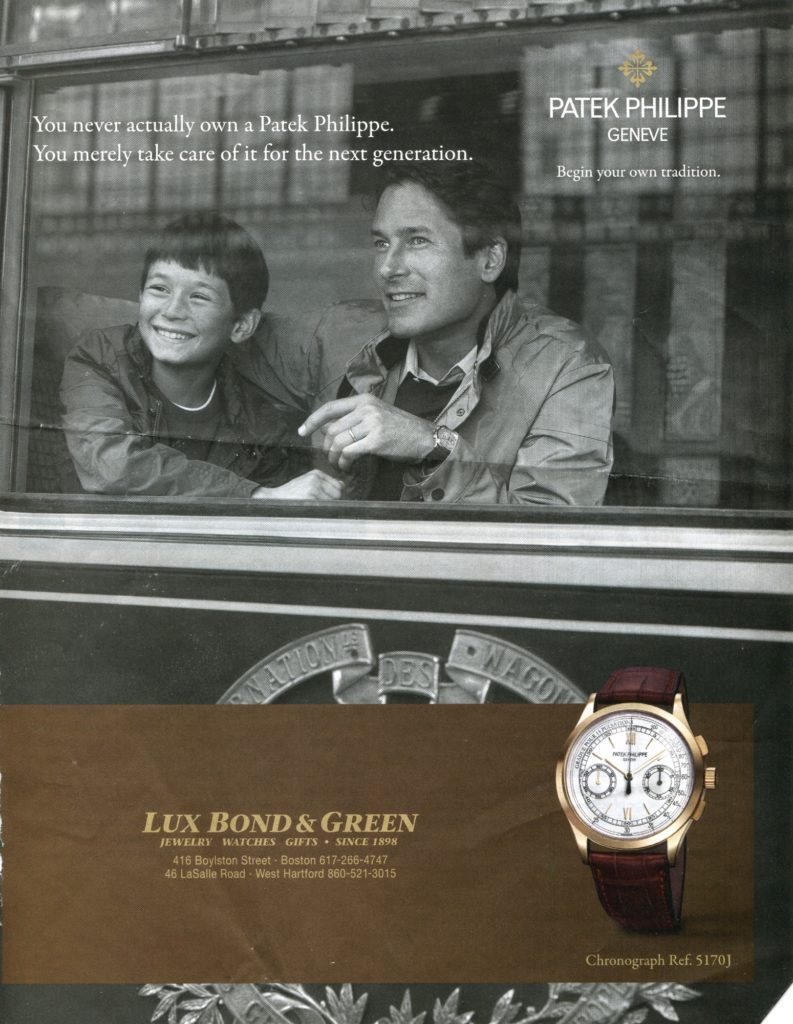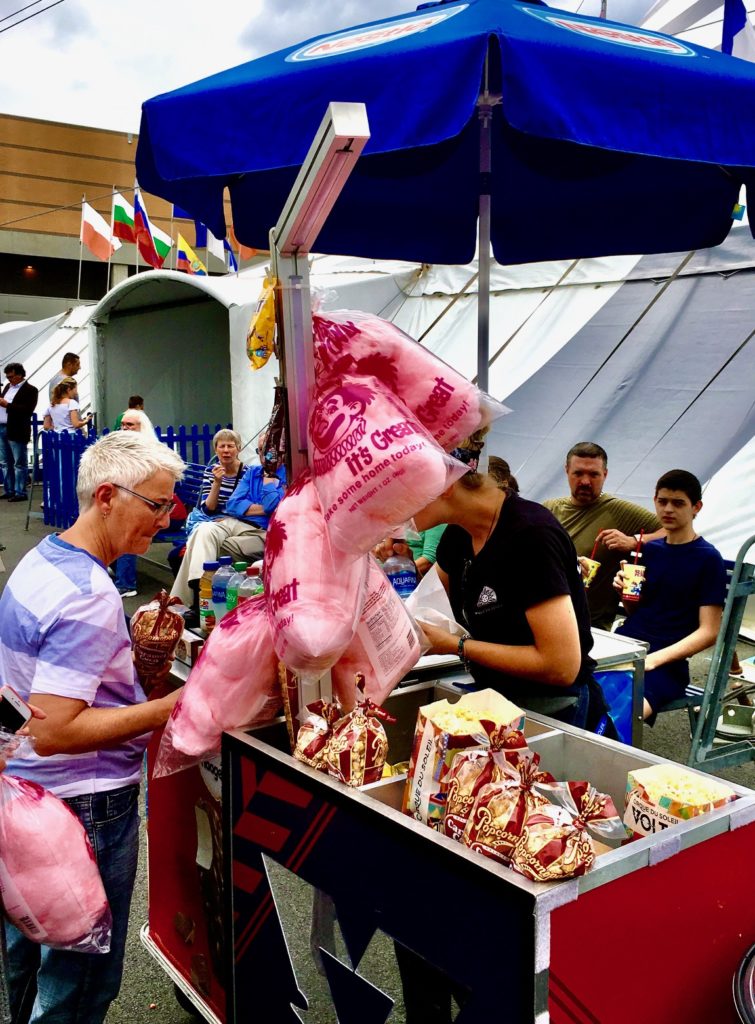In this election season every new and traditional media outlet is overflowing with ads urging us to vote. Some link to information sites. Others rely on celebrity exhortations as this rap video from the cast of Hamilton:
(https://www.youtube.com/watch?v=YMmkXAIRXCU)
Voting legitimizes the power and policy of elected officials. From local school boards to statewide offices and up to Congress and the President. It also is how credit union directors are supposed to be chosen.
So critical is this democratic perception, that even autocratic rulers in Russia, China and dozens of other long tenured dictators must offer the pretense of voting for their citizens. And when an electorate knows the process is a fraud, they hit the streets as is occurring now in Belarus.
Cooperatives and Democratic Practice
Democratic governance is one of the 7 cooperative principles:
Democratic Member Control
Cooperatives are democratic organizations controlled by their members, who actively participate in setting their policies and making decisions. Men and women serving as elected representatives are accountable to the membership. In primary cooperatives, members have equal voting rights (one member, one vote) and cooperatives at other levels are also organized in a democratic manner.
(Source: North American Students of Cooperation-NASCO)
The required annual meeting for the election of directors, plus any new or unfinished business members may wish to raise, is the most common way this value is practiced. Unfortunately, this essential member governance activity is often compromised.
Federal Credit Union Bylaw Practice
Here is the process as described by one FCU in the required annual meeting notice:
Members are advised that XXX Federal Credit Union bylaws stipulate the following:
Any Member can place his/her name in nomination exclusive of the Nominating Committee by written petition that includes a brief statement of qualifications, biographical information, and a petition with the required minimum signatures of at least 1% of members of the Federal Credit Union. Inquiries regarding the election process and requesting a petition package that includes signature collection requirements should be directed to . . . To be effective, such nominations must be accomplished by a signed certificate from the nominee stating that he/she is agreeable to nomination and will serve if elected to office. A completed nominations package must be sent to the Board Secretary. The closing date for receiving the nomination by petition with supporting documents is date. There will be no opportunity for nomination from the floor. The election will not be conducted by ballot and there will be no nominations from the floor when there is only one nomination for each position to be filled. Should the number of candidates equal the number of open positions on the Board of Directors the chair may take a voice vote or declare each nominee elected by general consent.
The common practice of FCU’s is to have the board appoint a nominating committee which in turn proposes candidates to fill expired terms and open seats. Rarely are more persons recommended than seats to be filled. Nominations by petition are rare. Therefore, as summarized above, the pre-chosen nominees are deemed elected “by general consent.”
Contested FCU elections almost never occur. The result is perpetual, self-ratifying boards that become “closed shops.” Members are not encouraged to participate let alone offered a choice among candidates. Members are merely customers, not participants in cooperative ownership.
This board-controlled process isolates volunteer directors from members’ concerns and the need to reach out and listen. Volunteers validate their oversight by their credit union’s CAMEL 1 or 2 regulatory rating and continued profitable operations, not by member engagement.
As one federal credit union member expressed to me: “At least in Belarus they got to vote.”
State Bylaws
While many states following FCU model bylaws (one member one vote, no proxies allowed), over thirty states authorized state charters prior to the passage of the FCU act in 1934. This has created multiple organizational bylaw options for co-op “democratic” governance.
I recently received the following request from a state-chartered credit union in California:
Update Your Proxy Date
As a member-owner of XXX, you have the opportunity to vote for matters related to the governance of the credit union. A proxy is a person you designate to vote for you at meetings. By designating a proxy, you allow that person – in this case, a qualified member of our Board of Directors – to cast votes on your behalf.
Updating only takes a few seconds and remains in effect for three years. By updating, you will:
-
-
- Have your vote represented with no need to attend meetings
- Provide authority to our member-centric Board of Directors
- Allow qualified business people to look out for your financial interests, and those of all members
-
You have the right to revoke your proxy at any time by calling 800.XXX,XXXX sending us a secure message in online banking, or otherwise contacting us in writing.
Your current proxy expiration date is 00/00/0000
This update request just transfers members’ voting power to the incumbent board. The most significant owner role to elect directors is itself controlled by the board through proxies. Want to guess how much turnover occurs in this environment?
This proxy-driven outcome is a “closed shop” where directors are relieved of any need to interact or respond to members.
Currently 13 states permit proxy voting—CA, CO, CT, FL, IL, IN, MD, MT, NE, NV, NY, OH, VA.
Illinois’ standard bylaws illustrate how proxies go beyond election of directors to include mergers and voluntary dissolutions. Moreover, voting is weighted by the number of shares in the director elections. Selected sections of the standard bylaws read as follows (emphasis added):
Section 6.
On all questions and at all elections except for the election of directors, a member shall have a single vote regardless of the number of his shareholdings.
Section 7.
There shall be no voting by proxy except on the election of Directors and proposals for merger or voluntary dissolution. A member may appoint a proxy by signing an appointment form and delivering it to the person so appointed, provided that the person is a member of this credit union.
Section 8.
All voting on the election of directors shall be by ballot, except when there is no contest‑‑written ballots need not be cast. On elections of directors, every shareholder has the right to vote the number of shares owned by him for as many persons as there are directors to be elected, or to cumulate the shares and give one candidate as many votes as the number of directors multiplied by the number of his shares shall equal; or distribute them on the same principle among as many candidates as he shall desire. . .All elections shall be determined by plurality vote and shall be by ballot except where there is no contest.
Democratic Governance Underwrites Safety and Soundness
So, what if credit unions are democratic in theory but fail in practice? What is wrong with boards managing their own longevity? Doesn’t credit union success prove these hybrid voting processes work just fine?
Two, among many reasons, why this anti-democratic process is harmful:
- The distinctive strength of any credit union is its relationship with the member-owners. Lincoln’s observation about fooling some of the people all the time etc. applies here. Undemocratic practices are sooner or later called out. The trust critical for all financial institutions becomes suspect. And when the veil of democratic pretense is ripped away, people will vote with their feet, closing accounts, or rise up in public anger at unprincipled leaders.
- Directors and managers self-immunized from any meaningful member-owner role creates an environment in which self-interest breeds and fiduciary responsibility becomes peripheral. Instead of member well-being and serving community needs, the focus becomes institutional exploitation for personal benefit and/or prestige.
The essential check and balance from democratically elected boards in cooperatives is lost.
Peers see this decline in the owners’ role. Member voting is nonexistent or an empty pro forma exercise.
A cooperative financial system founded on values and community service becomes more and more susceptible to self-dealing.
Member Exploitation Via Mergers
Credit union charters are not declining because of financial safety and soundness weaknesses. Rather CEOs and boards have found it more personally beneficial to merge as retirement nears or to seek outsiders to provide the future direction from which the incumbents benefited for years.
NCUA appears oblivious to the reality of this internal rot as it routinely signs off on sham merger rationales and manipulated processes.
If credit unions are to regain their institutional integrity, member confidence and unique character, state and federal regulators, leagues and CEO/volunteer leaders must say, Enough is Enough!
Democratic governance requires participation. It is not a heritage to be spent down, but beliefs and conduct renewed continuously by today’s managers of this inheritance. That is how future generations will be assured the option of a member-owned financial choice.













